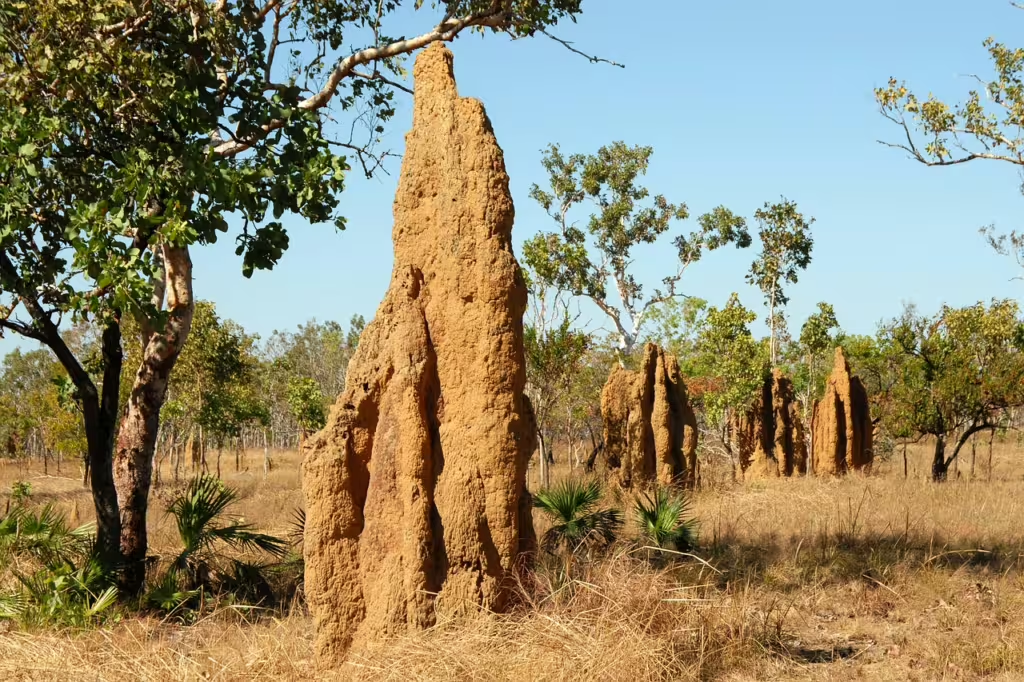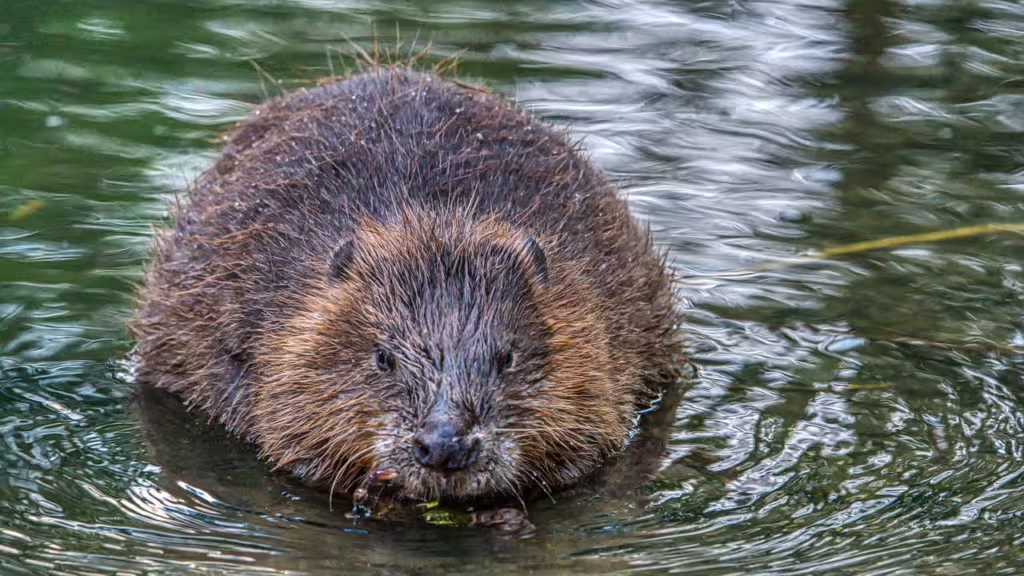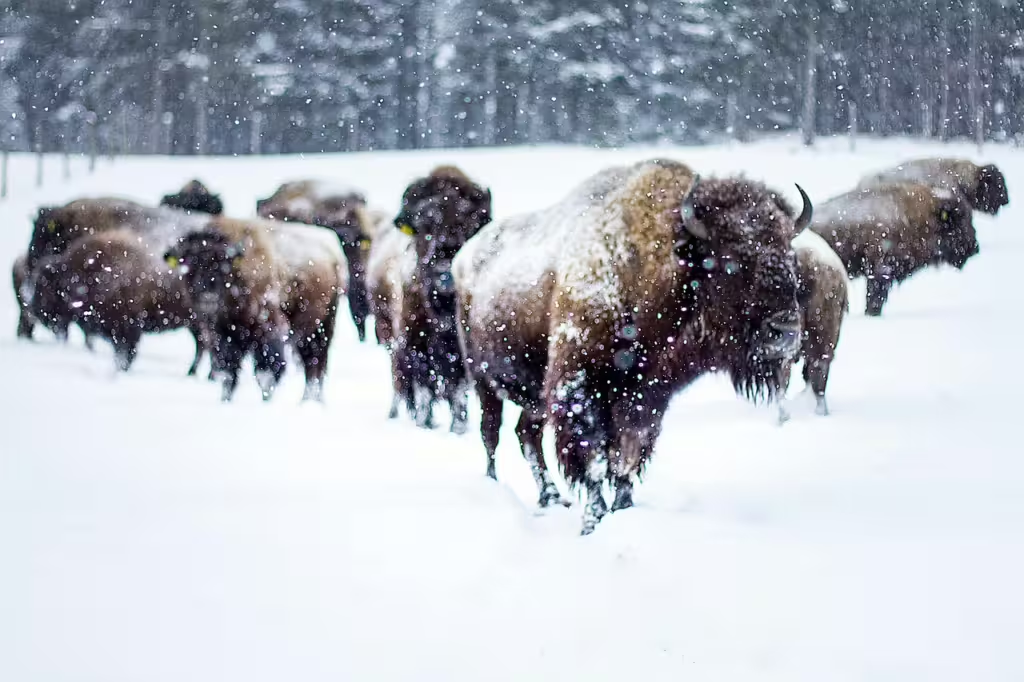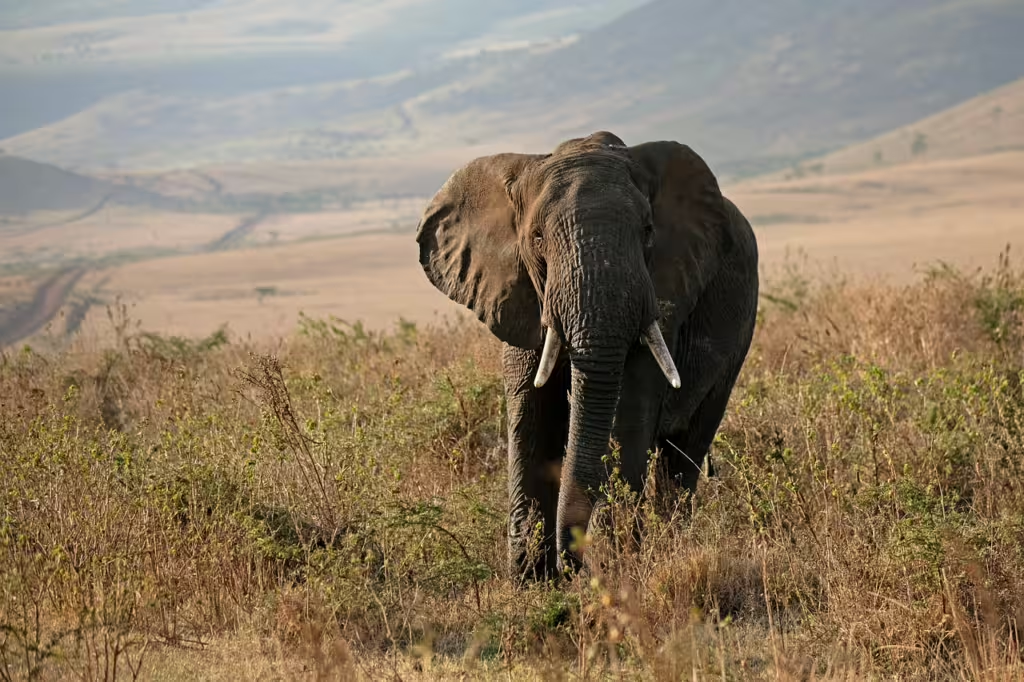Over the years, we have spoken an awful lot about the interconnected nature of…nature. The natural world is far from the static backdrop that many of us see it as. Each ecosystem is a dynamic thing, all its own, constantly moving and changing with the flow of time and the intervention of the creatures that live there. Whether we realize it or not, landscapes, rivers, forests, and grasslands are constantly molded by wind, water, and animals that are often referred to as “ecosystem engineers.”
So-named because their behaviors fundamentally change their surroundings, the daily activities of these animals can do everything from creating habitats for other species, to altering the nutrients and health of the entire ecosystem and all adjoining ones. Ecosystem engineers can come in any shape or size. They can be as large as an elephant or as tiny as an earthworm.
In this article, we will travel across the world to examine how the actions of certain species alter the natural world. So get ready to put on your hardhats, dear readers, we’re about to see how real construction happens…in the wild!

What Makes an Ecosystem Engineer?
The term ecosystem engineer is usually applied to any organism that directly or indirectly changes the availability of resources for other species by altering the physical environment. Such modifications can be as dramatic as a beaver dam redirecting a river, or as subtle as termites enriching the soil around their nests with nutrients.
Ecosystem engineers generally fall into two, distinct categories:
Autogenic engineers – Autogenic engineers are organisms—plant, animal, or otherwise—that change their environment through something physical about themselves. This includes plants, such as trees that provide shade or home to species below them, or corals, whose bodies are responsible for building and maintaining reefs.
Allogenic engineers – In the second category are organisms that transform materials from one state to another. The most well-known of these are beavers, which cut down trees and use the wood to slow rivers.
In either category, one will find creatures that are absolutely crucial to the continued operation of their home ecosystems. When any of these vital components become weakened, go extinct, or migrate away from that ecosystem, the results are often disastrous for every other organism that calls that habitat a home.
Elephants: Giants Remodeling
To begin our list of animal architects, we start at the very largest. Few animals leave as dramatic a mark as elephants. Because of their size, range, appetite, and a number of specific behaviors, elephant are sometimes referred to as “mega-gardeners.” Their many unique adaptations make them well-suited to reshaping and reforming the African savannas and Asian forests that they call home.
Tree toppers and clearers: Many elephants will push over trees and strip the bark just in the course of their daily grazing and wandering. In this way, the mere presence of an elephant herd can prevent woody plants from taking over grassland ecosystems. Doing so helps to keep those habitats open and available for grazing species like zebras, antelopes, wildebeest, and when they have a hankering for grass, elephants.
Seed dispersers: Elephants eat a lot, somewhere between 150 to 300 pounds of food a day. Many of these meals contain fruits, which the elephants eat whole. As they plod along their merry way, their dung drops in their wake, carrying the seeds of their last fruit salad near and far. These dung—fertilizer packages are the perfect place for seed germination and there are certain tree species that prefer it so much, they rely almost entirely on elephants for regeneration.
Water hole creators: In dry seasons, elephants will put in the work in order to find a little bit of water. Using their massive tusks and prodigious strength, these intelligent pachyderms will dig into dry riverbeds to reach the groundwater hidden beneath. The wells they create often become shared lifelines for smaller animals living nearby.
Beavers: Dam Good Builders
Beavers, while quite a bit smaller than elephants, are no less impressive when it comes to their engineering prowess; environmentally speaking.
- Dams and ponds: Beavers are loggers, only, their purposes behind felling trees is far less invasive than our own. These resourceful rodents use the wood they gather to construct dams, which they use to flood areas and create little wetland backyards for themselves. The wetlands they create provide homes for fish, amphibians, birds, insects, and of course, their beaver families.
- Hydrological impacts: Beaver dams slow down water flow, which reduced erosion and improves water storage for times when drought makes water scarce. In fact, drought-prone regions, animals rely on these natural reservoirs to get them through the dry times.
- Carbon storage: Wetlands also trap organic matter, sequestering carbon and mitigating climate change; something we can all be grateful for.
Earthworms: Underground Engineers
Even further down the size scale comes earthworms. Most of us don’t interact with them except to find fishing bait, but these silent engineers are always working tirelessly beneath our feet, shaping ecosystems in subtle and powerful ways.
Soil aeration: As they burrow, earthworms create channels in the soil, which actually allow air and water to penetrate deeper into the soil. This is called aeration and it makes soil healthier for plants to grow.
Nutrient recycling: As earthworms dig, they eat, digesting organic matter and excrete nutrient-rich droppings known. as “castings” which further enhance soil fertility.
Plant growth support: Aeration and fertilization both improve soil structure so that plants can grow more productively. Much of what we know about modern soil science is due to the studies done on earthworm behavior, and we have used that knowledge to help boost our own agricultural practices.

Prairie Dogs: Bodacious Burrow Builders
In North America’s grasslands, prairie dogs are essential. They may seem like playful little, inconsequential rodents, but the tunnels they build are vital in shaping the ecosystem that surrounds them.
Burrow networks: Prairie dogs live in vast, underground tunnels, which provide shelter for them and dozens of neighboring species, including snakes, owls, and insects.
Vegetation impacts: These herbivorous rodents breed prodigiously and eat voraciously. Their habit of clipping the grasses surrounding their underground colonies, allows prairie dogs to maintain a more open habitat; one that attracts other grazing herbivores like elk and bison.
Termites: Microclimate Masters
In tropical ecosystems, termites represent the teensiest rung on the ecosystem engineer ladder. Tiny though they might be, however, termites are unsung heroes whose diligent efforts support countless other species. Recent studies indicate that African termite mounds have higher plant biomass than one might think, making them hotspots of botanical productivity and potential grazing grounds for local heribvores.
Mound construction: Termite mounds are large and complex enough that they can serve as microhabitats for creatures and animals besides the termites themselves. Their bold constructions even regulate temperature and humidity within, so they are affected by the intense heat and heavy air outside.
Soil fertility: In breaking down cellulose— their favorite food—termites essentially recycle nutrients back into the ecosystem, specifically enriching the surrounding soils.
Hydrological benefits: Termite tunnels improve water infiltration by reducing runoff. Even this mild degree of water conservation can help nearby vegetation survive periods of drought.

In-Human Conditions
We could not discuss animals that engineer ecosystems without addressing the “elephant in the room.” No, not elephants, we mentioned them earlier, we’re talking now about humans. Homo sapiens, and to a lesser extent our predecessors, are, by far, the most influential ecosystem engineers in Earth’s history. We have tamed every ecosystem on the planet, though not for the better. The fact is, unlike other species which enhance an environment, our engineering often results in the degradation of ecosystems. Deforestation, urbanization, and pollution are a but a few examples of the things we do that cause irrepressible damage to the natural world.
That said, our ability to study animal engineers has allowed conservationists some rare insight into how we, as a species, might go about restoring the ecosystems we have degraded. Some methodologies currently being implemented involve:
- Reintroducing beavers to restore wetlands.
- Protecting elephants to maintain savanna balance.
- Encouraging oyster reef restoration for coastal protection.
The trick, it seems lies in partnering with animal engineers, species that are already pretty darn good at keeping their ecosystems in check. It is a long road to repair the damage done, but hope remains.
True Investigator Says…
As you can see, whether the animal is an elephant, a termite, or a prairie dog, their actions on behalf of their home ecosystems cannot be understated. Wherever they are found, ecosystem engineers play indispensable roles in maintaining the balance of life. Through their behaviors, these remarkable creatures create habitats, recycle nutrients, manage water systems, and support biodiversity in ways that we humans should seek to emulate. This is why it isn’t just important to protect these engineers, it is just as vital to find ways to bring some of the more endangered ones back from the brink. In that way, perhaps, we can ensure that our planet continues to benefit from their behavior and can continue to run like the well-engineered machine that it really is.
Discover more from TrueInvestigator
Subscribe to get the latest posts sent to your email.


